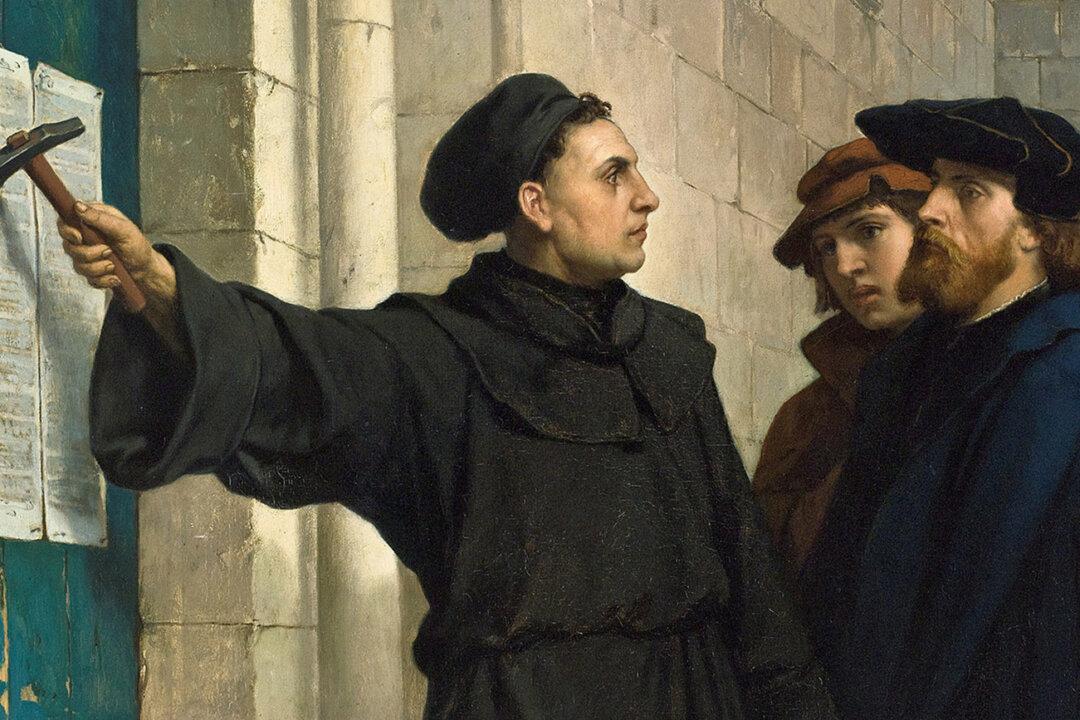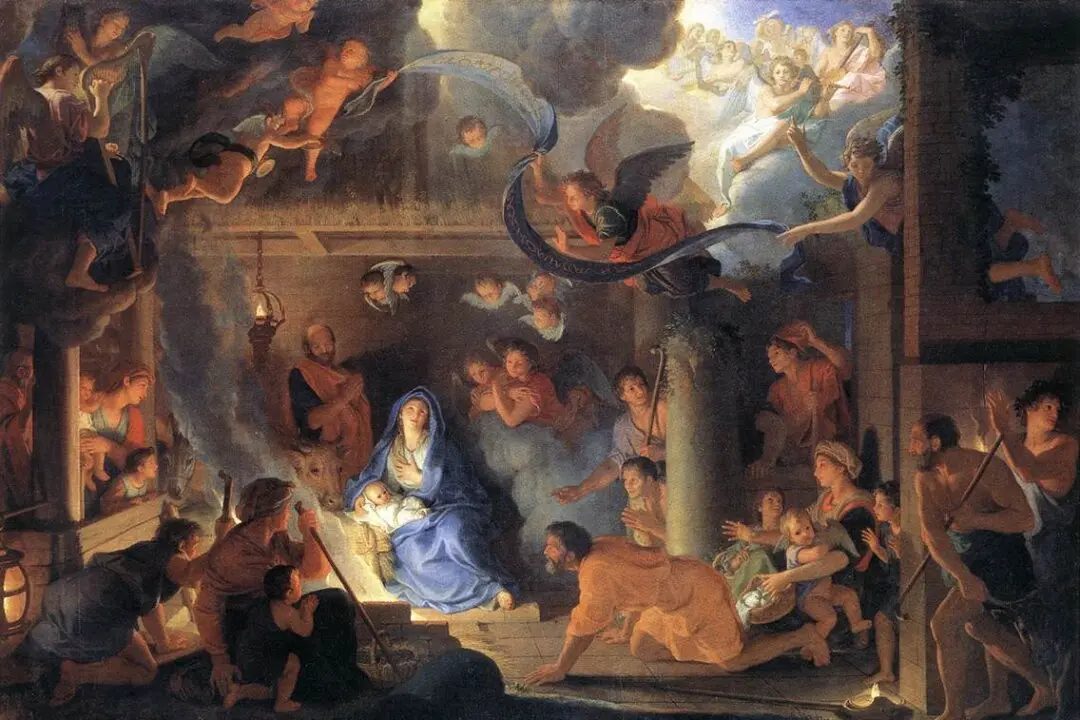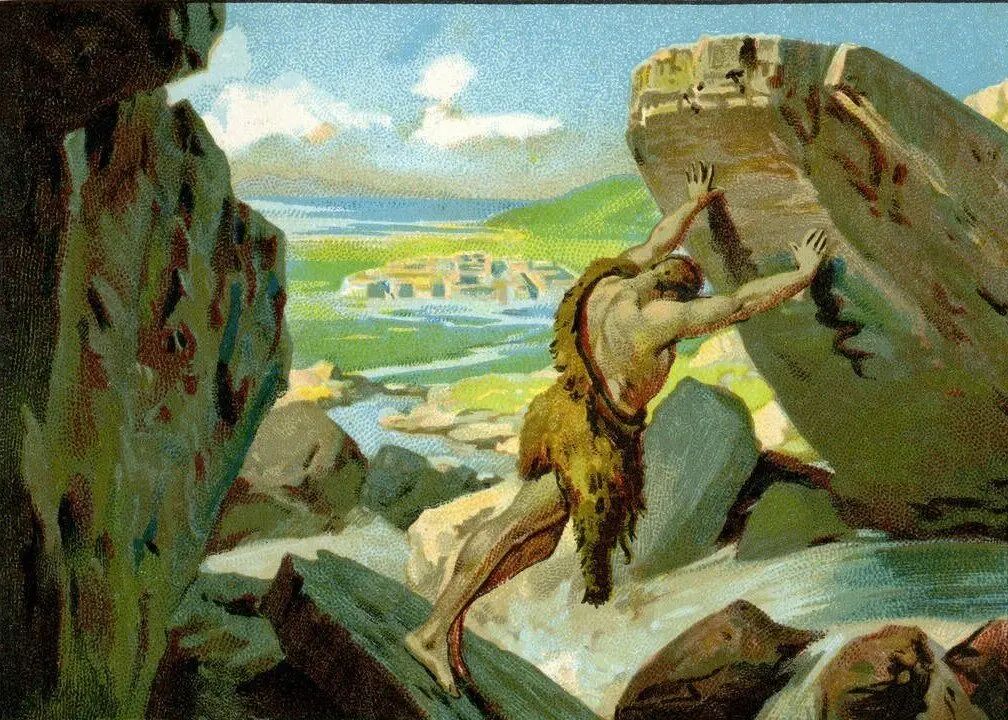I claim—unapologetically—that after the unity of one, the concept of three is the most important of all.
Clearly, three has very important resonances in theology and myth: The three greatest gods of the Greek Olympian pantheon were the three brothers Zeus, Poseidon, and Hades. And the three greatest gods of Hinduism are Brahma, Vishnu, and Shiva. In Christianity, we find the Trinity of three persons (Father, Son, and Holy Spirit), yet one God is central.






